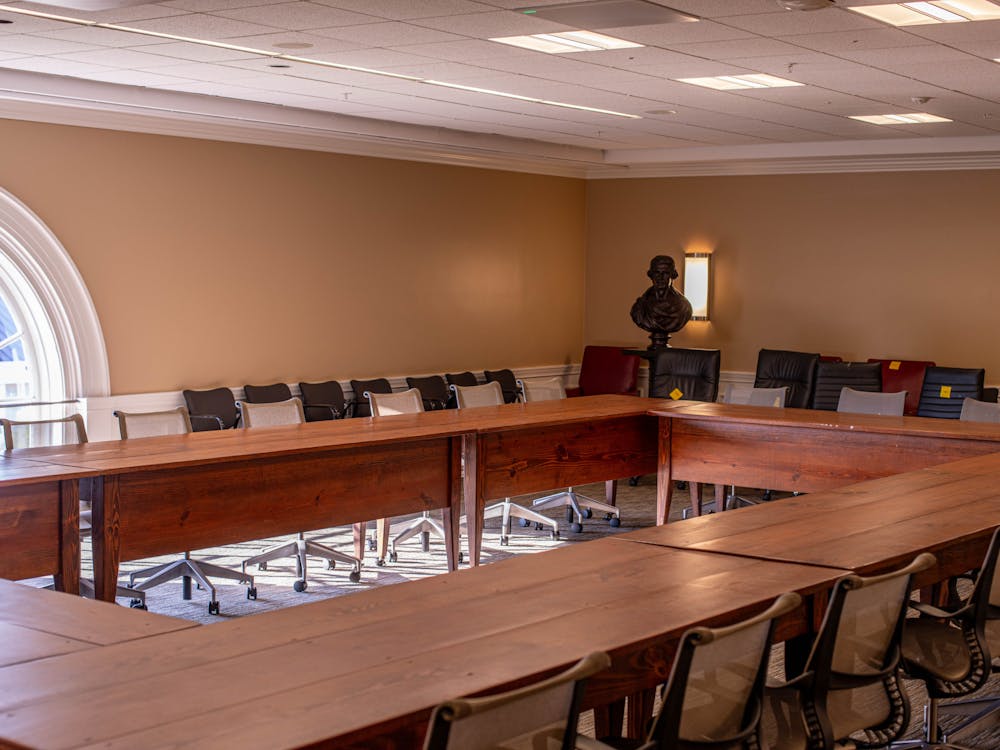Representatives from across the state convened in Charlottesville last weekend to learn from each other about preparing for and preventing natural disasters at the very first Virginia Hazard Mitigation Summit, hosted at the University June 16 through 18.
More than 100 local and state government officials, community leaders and emergency management officials attended the conference in Newcomb Hall that addressed issues such as avoiding loss of life in the event of a disaster, keeping costs low and recovering quickly from disasters. The Summit helped communities fulfill hazard mitigation requirements that are under federal law.
The School of Architecture's Department of Urban and Environmental Planning, the Virginia Emergency Management Office and Virginia Commonwealth University hosted the Summit.
The most common hazards confronting Virginia are flooding, hurricanes, tornados, drought and winter storms, said Deborah Mills, state hazard mitigation program manager and one of the Summit organizers.
"In the last three years we've had eight presidentially-declared disasters," Mills said. "Having that many things happen at once leads you to think that the threat of hazards is always around."
Mills said that while terrorism was also a threat, Virginia law currently does not require "human cost hazards," -- referring to terrorist actions and human-caused hazards -- to be included in community plans.
"I believe that the next round of laws will require human cost," Mills said.
Albemarle County's largest threats are flood and hurricane. In 1985, 1995 and 1996, the county was severely affected by floods -- all of which were presidentially-declared disasters, Mills said.
Timothy Beatley, the Teresa Heinz Professor of Sustainable Communities at the School of Architecture's Department of Urban and Environmental Planning, was also a conference organizer. On Friday, Beatley spoke on the relation between sustainability and hazard mitigation.
"It's disaster by design -- we're building households in flood plains and we're putting ourselves at risk," Beatley said. "Our concern about sprawl is also about our concern about natural disasters."
Beatley agreed with fellow Summit presenter Andy Lipkis, president of TreePeople, on the tremendous potential for integration in the development of sustainable communities.
"We need to be moving in the direction of more efficient use of land, developing a strong sense of place and community and social responsibility," Beatley said. "Planners have tremendous potential to develop these stronger social relations in their communities."
Beatley also said natural areas like wetlands and dunes are very effective defense systems against hazards like flooding and storm damage.
"The more we're able to protect this natural resource base, it's a very effective approach," he said.
The Summit focused on helping local and state planners develop effective hazard mitigation plans. Currently, nearly all cities, counties and towns in Virginia are engaged in developing all-inclusive hazard mitigation plans, Mills said.
"Our job is to support our local programs because that's where all these thing happen -- at the local level," Mills said.
As for the possibility of another conference in the future, Mills said she was uncertain.
"We'll see what the audience and evaluations say," Mills said. "We've heard a lot of success stories so far, which is great"






